The straight answer is yes, and it is true in every Province. But what are the regulations and requirements?
What is mostly known as a regulation on the Market is the EPA Certification. The EPA is the Environmental Protection Agency in the USA. The EPA has established a regulation to limit the amount of particulates that each wood fireplace can emit up through its chimney. On May 15th 2020, the new limits were set by the EPA at 2 grams/hour and 2.5 grams/hour, depending on the testing protocol used by manufacturers.
Canada has a separate standard. It is called CSA B-415. This standard limits the particulates emissions to 4.5 grams/hour. This standard was established to somewhat mirror the American one, with enhancements to include forced air wood burning furnaces.(Warm air wood furnace emissions are not included in the American EPA standards.) There is no timetable as to when and if CSA B415.1 will be mirroring the new limits of the 2020 EPA.
WHAT ABOUT MY PROVINCE?
In Canada, each Province is free to implement its own limits on wood stove emissions. They can elect not to regulate or to choose between the EPA limits or the CSA B415 limits or use both. To help out in seeing what is the state of the affairs for each Province, HPBA Canada has sorted this out for the whole industry. Here’s the chart as set by HPBA Canada:
HOW DO I TELL IF THE STOVE I AM ABOUT TO BUY IS TRULY APPROVED?
On the certification label, it will state if the stove or fireplace is EPA approved or CSA B415 approved. There is also a list of stoves and fireplaces that are approved for Canada. This list is provided by a Certification Agency. Here’s the link to the official list of CAS B415 approved fireplaces and stoves.
The EPA publishes a list of approved wood and pellet stoves. Please note that all stoves on this list are approved for use throughout Canada.
Since May 15, 2020, only appliances that are NSPS/EPA 2020 compliant are authorized to be sold in:
- British Columbia
- Quebec
Ontario and the other Provinces continue to approve stoves with emissions up to 4.5 grams/hour beyond 2020. The Nunavut Territory is the only area where there is no regulation with regards to wood heating.
WHY DOES THE CERTIFICATION LABEL STATE THAT ‘IT CANNOT BE SOLD PAST MAY 15TH 2020’?
This statement does not apply to Canada. It has been mandated by the US EPA and it applies to the United States only. The whole industry recognizes it is rather confusing from a Canadian stand point, but the statement cannot be removed for now. Industry stakeholders are working with the EPA to have a mention that this applies only to the USA.
WHAT ABOUT MONTREAL? DOES IT HAVE ITS OWN REGULATION ON WOOD HEATING?
Yes, it does. Montreal has a law that limits the use of wood burning appliances. Wood burning equipment must be under 2.5 grams/hour in particulate emissions and either EPA Certified (see EPA list above) or CSA B415 Approved (see Polytest list above). For more details on the cities and suburbs around Montreal, visit the HPBAC website.
If you want to learn more on the subject of the regulation in Montreal, we have the following report that is very well documented.
ULTIMATELY, IS WOOD HEATING GOOD FOR THE ENVIRONMENT?
Yes, it is. There are many debates on the subject. Some folks who are sincere in their effort will claim wood smoke is detrimental to our health. In reality, exposing ourselves directly to smoke from any source is not good for the health. But we have to look at it from a global standpoint.
To operate our cars, our heating and air conditioning, lighting, etc., we need energy. Energy comes from burning fossil fuels, shale oil and gas, coal, nuclear, wood, solar and hydro. The global effort is to reduce the footprint and the emissions while increasing efficiency. Every industry has done a tremendous job in that regard, including wood heating. Wood stoves emissions from 30 years ago are now reduced by over 90% and efficiency has increased over 30% on average. That is a spectacular improvement!
On the global footprint, firewood is locally sourced, so there is less transportation involved compared to other energy sources. Compared to the transportation of electricity, where there are significant line losses, wood compares much better.
Wood is also carbon neutral. It is a natural resource that is renewed within 30 to 70 years which is a very short span when compared to fossil fuels. Wood heat produces ashes as a residual and it is good for the environment. Compared to nuclear waste, the disposal of solar panels and batteries, wood is again much better for the environment.
IN CONCLUSION
We have to agree, that there is always an angle on things, pros and cons. There will always be those who are opposed to any technology and there will those that embrace and promote new technologies. Your WE LOVE FIRE® dealer believes wood heating serves a purpose of enjoyment, independence, and savings for homeowners. That is essentially why we LOVE wood heat.
We’re happy to see the wood fireplace manufacturers invest in improving the technology by lowering emissions and increasing efficiency. They are playing a key role in keeping the air we breathe clean and healthy not only for our generation, but for future generations as well!

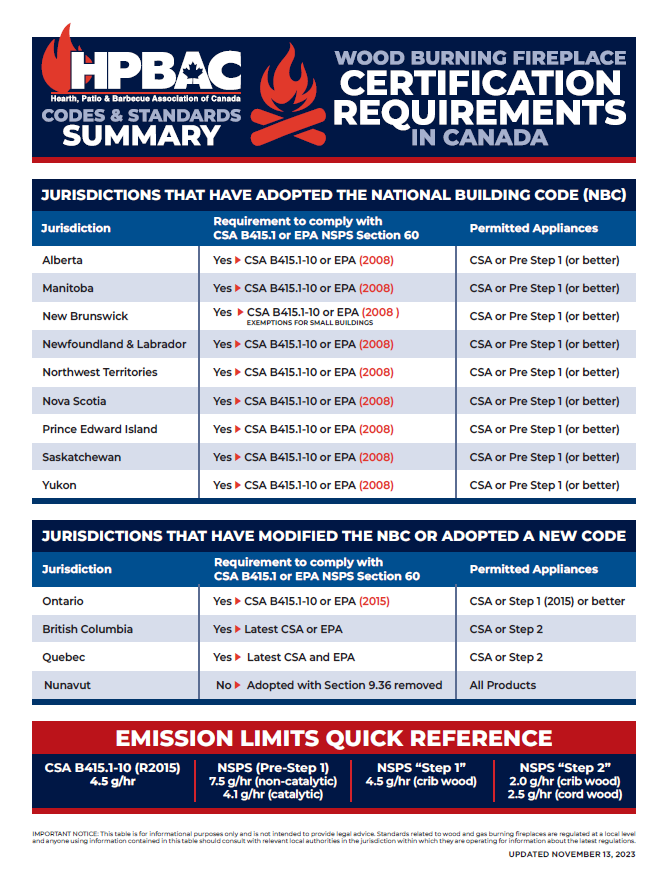


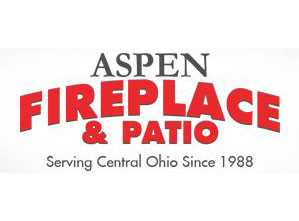
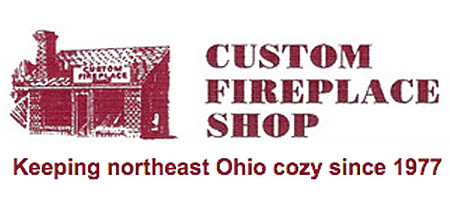
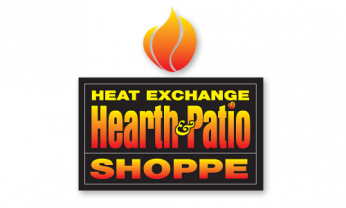




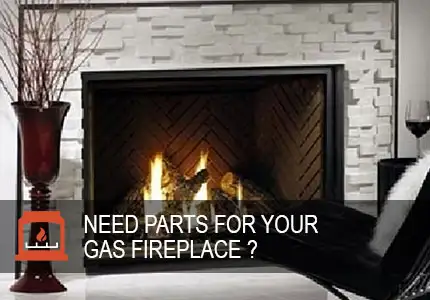
22 Responses